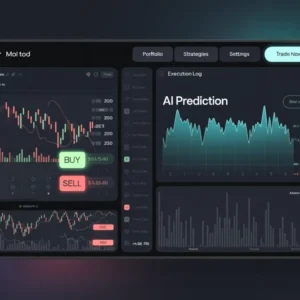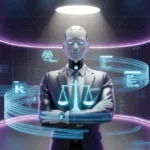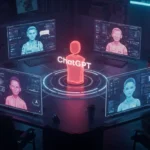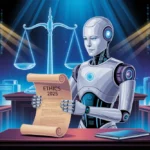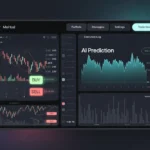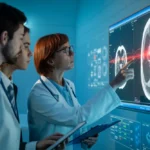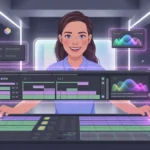Artificial intelligence has revolutionized creative expression, making digital art creation accessible to everyone regardless of artistic background. The latest AI art generators can transform simple text prompts into stunning visual masterpieces with impressive sophistication and style variety. As we move into 2025, these tools have evolved dramatically, offering unprecedented capabilities for both casual creators and professionals alike. Whether you’re designing marketing materials, creating custom images for social media, or exploring new artistic horizons, understanding the best AI art generators can significantly enhance your creative workflow. This comprehensive guide examines the most powerful and user-friendly AI art tools available, helping you choose the right platform for your specific needs.
Understanding AI Art Generation Technology
How Text-to-Image AI Works
Text-to-image AI generators operate on sophisticated deep learning models trained on millions of images and their corresponding descriptions. These models, known as diffusion models, learn the relationship between words and visual elements, allowing them to generate images based on textual prompts. When you enter a text description like “sunset over mountain lake with pine trees,” the best AI art generators analyze each word, understand the relationships between them, and create a visual representation matching your description.
The technology behind these tools involves neural networks that progressively refine a random noise pattern until it matches the semantic content of your prompt. This process mimics human creativity in fascinating ways, interpreting abstract concepts, emotions, and specific artistic styles. As processing power and algorithms have improved, today’s AI art tools can generate increasingly photorealistic images or stylized artworks that would take human artists hours or days to create.
Recent advances in 2024-2025 have brought significant improvements in coherence, composition, and the ability to handle complex prompts with multiple subjects. The latest generation models understand nuanced instructions and can maintain consistent characters across multiple generations—a previously challenging task for AI systems.
Key Features to Look For
When evaluating the best AI art generators for your creative needs, several critical features differentiate top-tier tools from basic options:
Resolution and Image Quality – Premium generators now offer up to 8K resolution outputs with remarkable detail preservation.
Customization Options – Look for tools that allow fine-tuning of artistic styles, lighting conditions, and composition elements.
Prompt Effectiveness – Superior AI art tools require less prompt engineering to achieve desired results and interpret natural language more effectively.
Style Consistency – The ability to maintain a consistent artistic style across multiple generations is crucial for project cohesiveness.
Edit Capabilities – Advanced tools offer inpainting and outpainting features that allow modification of specific image elements without regenerating the entire image.
Commercial Usage Rights – Policies regarding ownership and commercial use vary significantly between platforms, affecting how you can use the generated images.
Integration Capabilities – Some tools offer API access or plugin integration with design software like Photoshop or Figma.
Understanding these features helps navigate the increasingly competitive landscape of AI art generation tools. The right choice depends largely on your specific use case, whether you’re creating custom artwork for social media, designing marketing materials, or exploring artistic concepts.
Best AI Art Generators of 2025

Midjourney V7
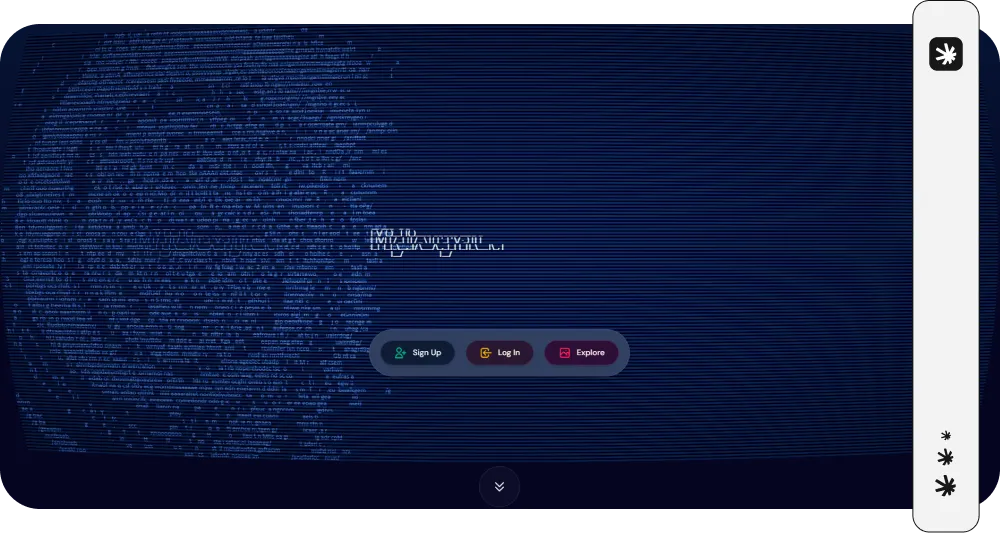
Midjourney continues to dominate the AI art landscape in 2025, with its sixth version offering unprecedented photorealism and artistic versatility. This invitation-only Discord-based tool has revolutionized how designers and artists approach creative projects, allowing incredibly detailed and coherent image generation from text prompts. What separates Midjourney from competitors is its exceptional understanding of artistic composition principles and aesthetics.
The latest version has significantly improved its handling of human figures, previously a weakness in many AI art tools. Hands, faces, and anatomical proportions now display remarkable accuracy, making Midjourney suitable for character design and portrait generation. The platform’s subscription model starts at $10 monthly for basic access, with higher tiers offering faster generation times and additional features.
Midjourney’s community-focused approach creates a collaborative environment where users can learn from each other, improving their prompting techniques and discovering new stylistic possibilities. Its ability to blend photorealism with stylistic elements makes it particularly valuable for custom AI artwork in commercial contexts like advertising and concept art.

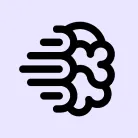
Ideogram AI 3.0
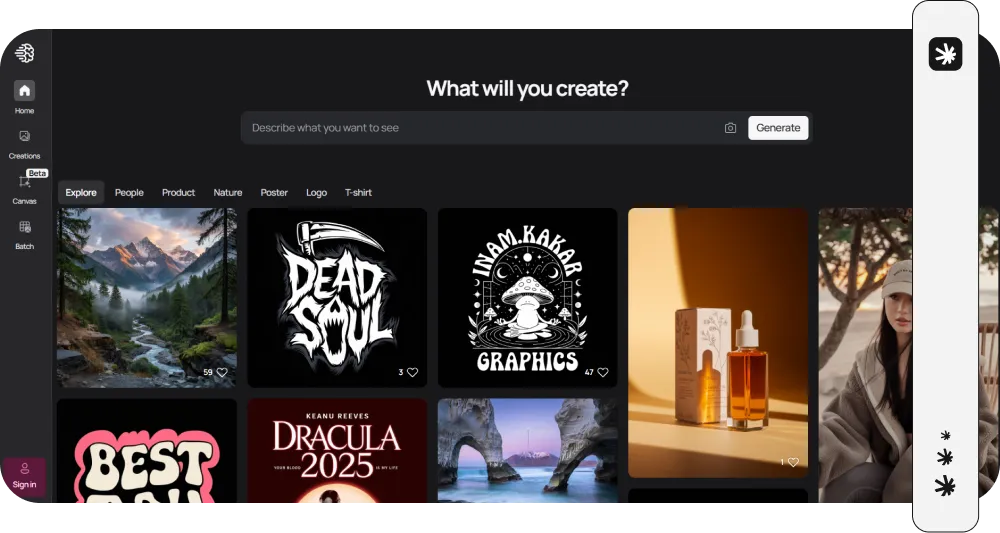
Ideogram AI 3.0 excels in understanding and executing written prompts, translating words into images with exceptional precision. What sets it apart from competitors is its ability to seamlessly integrate text with imagery, allowing users to create designs featuring clear, readable typography in any language.
Ideogram offers a diverse range of artistic styles spanning from photorealistic renderings to abstract graphics, providing users with tremendous creative flexibility. Its intuitive, user-friendly interface accommodates both beginners and professionals alike, with the capability to save preferred settings for future projects.
Techmim relies heavily on Ideogram AI 3.0 for many of its creative endeavors, employing the tool to generate distinctive visual content for advertising and marketing campaigns. The company has praised the tool’s ability to produce high-quality images that align with brand identity and achieve significant engagement with target audiences.
Ideogram AI 3.0 excels in handling complex scenes and intricate details, capable of generating images at resolutions up to 2048×2048 pixels. Among its most impressive features is the “Advanced Control” function that allows users to modify specific aspects of generated images without starting from scratch, saving time and enhancing productivity in professional workflows.


DALL-E 3
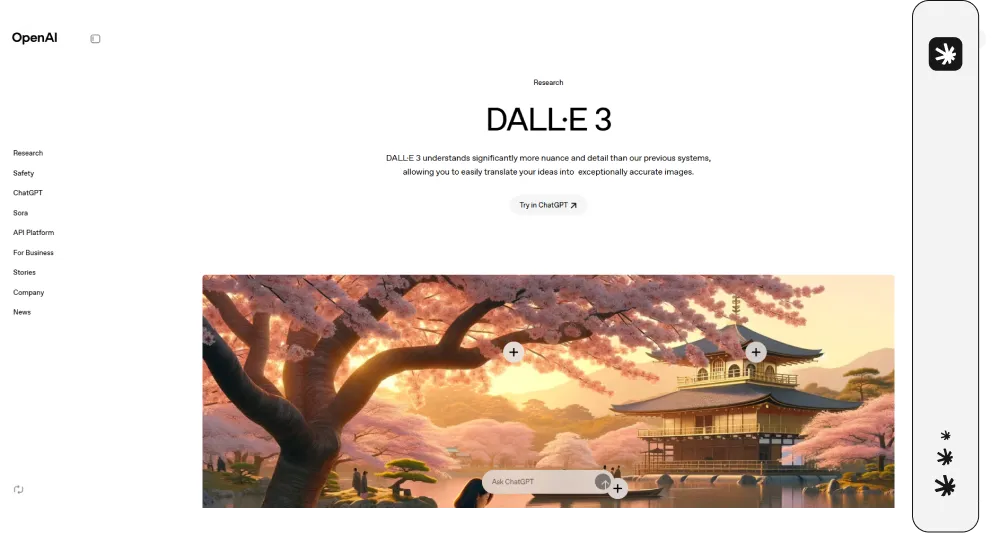
OpenAI’s DALL-E 3 represents a significant leap forward in accessibility and ease of use among the best AI art generators. Integrated with ChatGPT Plus, this tool excels at interpreting natural language prompts without requiring the technical “prompt engineering” that earlier generations demanded. Users can simply describe what they want in conversational language, and DALL-E 3 consistently delivers impressive results.
DALL-E 3’s strengths include exceptional text rendering within images—something many competing tools struggle with—and understanding complex spatial relationships between objects. The model demonstrates remarkable comprehension of abstract concepts and can generate images in virtually any artistic style, from Renaissance paintings to modern digital art.
Pricing for DALL-E 3 remains competitive, with ChatGPT Plus subscribers ($20/month) receiving a generous allocation of image generations. OpenAI’s clear content policy and commercial usage rights make this a particularly attractive option for business applications, as users retain rights to their generated images for commercial purposes.
The latest updates have improved the tool’s resolution capabilities, image coherence, and prompt adherence, addressing previous limitations that sometimes frustrated users. For those seeking a user-friendly entry into AI art generation with professional-level results, DALL-E 3 remains an outstanding choice.

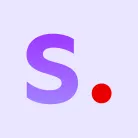
Stable Diffusion 3
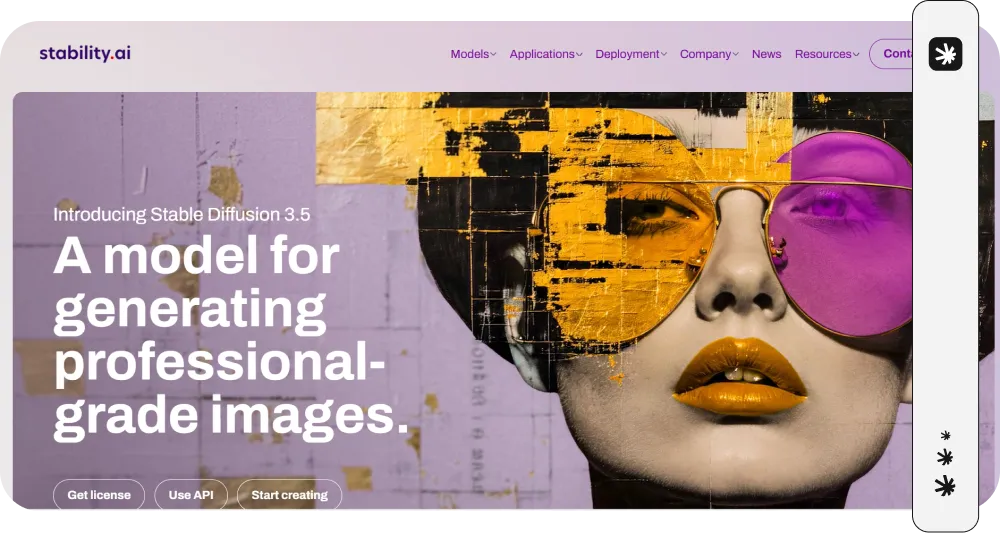
Stable Diffusion 3 stands out in the crowded field of AI image creation tools for its open-source architecture and remarkable versatility. Unlike proprietary alternatives, this platform allows technical users to run the model locally on their own hardware, offering unprecedented customization options and privacy. For creative professionals who need complete control over their AI art pipeline, this local installation capability represents a significant advantage.
The latest version brings dramatic improvements in composition coherence, texture rendering, and prompt adherence. Particularly noteworthy is Stable Diffusion 3’s excellence with landscapes, architecture, and abstract concepts—areas where it frequently outperforms even premium alternatives. The model also excels at style transfer, allowing users to generate images that convincingly mimic specific artistic styles or visual aesthetics.
For those without technical expertise or powerful hardware, several user-friendly interfaces built atop Stable Diffusion provide accessible entry points. Services like DreamStudio offer web-based access to customized Stable Diffusion models with credit-based pricing models that can be more economical than subscription services for occasional users.
What truly distinguishes Stable Diffusion in the ecosystem of best AI art generators is its thriving community of developers who continuously create custom models, plugins, and workflows. This ecosystem enables specialized image generation capabilities for niches like animation, product visualization, and architectural rendering that proprietary platforms may not address.

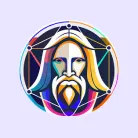
Leonardo AI
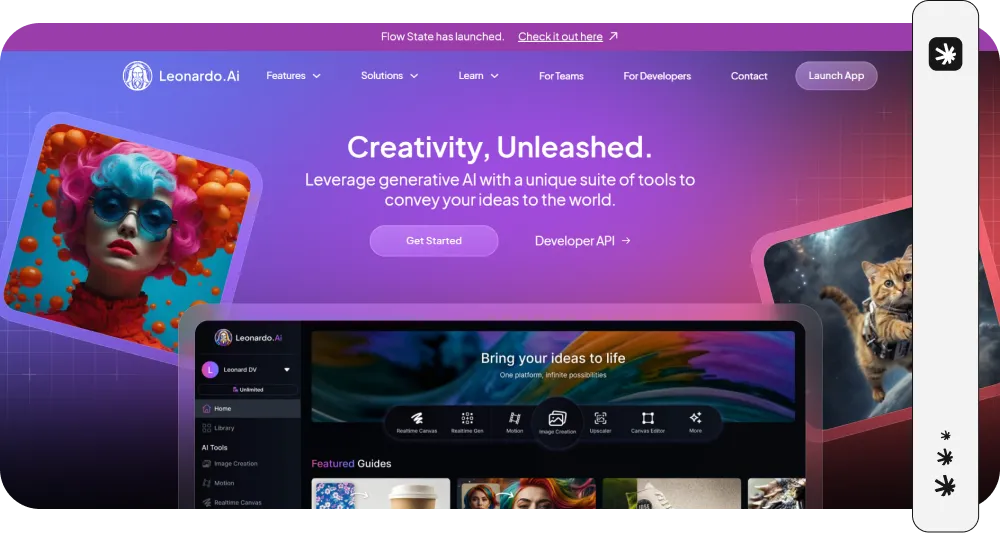
Leonardo.ai has emerged as a powerful contender among the best AI art generators, particularly for game designers, concept artists, and creative professionals needing cohesive asset creation. What sets Leonardo apart is its specialized training in game art, fantasy elements, and character design, making it particularly valuable for consistent character generation across multiple images.
The platform offers an intuitive workspace environment that lets users organize projects, save favorite generations, and iterate efficiently. Leonardo.ai’s standout feature is its “alchemy” system for creating custom models trained on specific visual styles, allowing users to develop personalized AI generators that consistently produce images matching their project’s aesthetic requirements.
With competitive pricing starting at $10/month and a free tier for casual users, Leonardo.ai strikes an excellent balance between accessibility and professional features. The platform offers commercial usage rights for paid subscribers, making it suitable for professional creative workflows.
Recent updates have significantly improved its handling of complex scenes with multiple characters and enhanced its ability to maintain consistent character features across image variations—a critical capability for storytelling and game development. For creative professionals requiring specialized stylistic control and project management capabilities, Leonardo.ai represents one of the best AI art tools available in 2025.

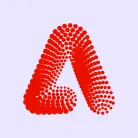
Adobe Firefly
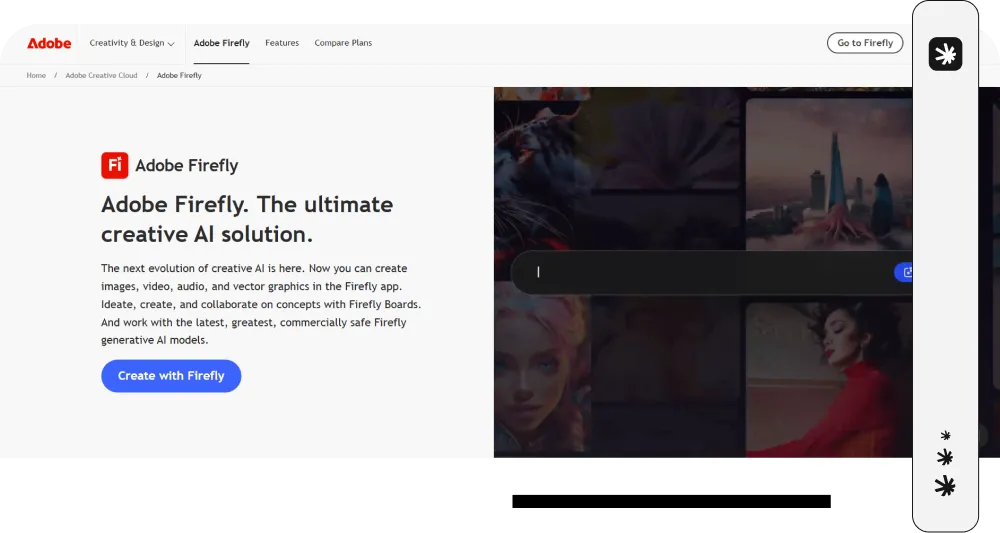
Adobe Firefly represents the integration of AI art generation into professional creative workflows, offering seamless compatibility with Adobe’s industry-standard suite of creative applications. Unlike most competitors, Firefly was trained specifically on licensed content and Adobe Stock images, addressing ethical concerns about training data while ensuring commercial-safe usage rights for all generated content.
Firefly excels in generating images that can be immediately incorporated into design workflows through its native integration with Photoshop, Illustrator, and other Creative Cloud applications. This integration allows professionals to use AI-generated elements as starting points or components within larger projects rather than standalone pieces.
The platform offers specialized generative features beyond basic text-to-image conversion, including texture generation, vector art creation, and color palette exploration tools. Its “style reference” capabilities allow users to upload reference images and generate new content matching that specific visual aesthetic—particularly valuable for brand consistency.
Pricing is structured within Adobe’s subscription model, with some Firefly features included in existing Creative Cloud plans and premium options available as add-ons. For professional designers already working within the Adobe ecosystem, Firefly offers the most frictionless path to incorporating AI art generation into established workflows, making it one of the best AI art generators for commercial design applications.

TechMim’s Top AI Art Generator Rankings (With Opinion)
Here’s how we at techmim rank the best AI art generators of 2025 — not just based on popularity, but based on real creative experience, daily usage, and text-to-image quality.
| Rank | Tool | Pricing (Starting) | Strengths | Rating |
|---|---|---|---|---|
| 🥇 1 | Ideogram AI 3.0 | Free & Paid plans | Exceptional for text-to-image, ultra-consistent results, intuitive UI | ⭐⭐⭐⭐⭐ |
| 🥈 2 | Midjourney V6 | From $10/month | Hyper-realistic outputs, stunning results with photo references | ⭐⭐⭐⭐½ |
| 🥉 3 | Leonardo.ai | Free daily credits & paid | Daily free uses, easy experimentation, good artistic range | ⭐⭐⭐⭐ |
| 4 | Adobe Firefly | Included in Adobe plans | Great integration with Adobe Suite, solid text rendering | ⭐⭐⭐½ |
| 5 | DALL·E 3 (OpenAI) | Limited free use via ChatGPT, Pro on API | Great for literal prompts, strong semantic understanding | ⭐⭐⭐½ |
| 6 | Stable Diffusion 3 | Open-source, Free via platforms | Powerful for devs, high potential with fine-tuning | ⭐⭐⭐ |
At techMim, we put Ideogram AI 3.0 at the top of our list — not only because we’re used to working with it daily, but because it consistently delivers stunning results with textual prompts, especially for stylized typography.
Midjourney V6 comes in strong at second place — the image quality is jaw-dropping, especially when you upload your own photos for editing.
For users looking for daily free options, Leonardo.ai hits the sweet spot. It gives you several attempts each day and the image quality is great for casual or semi-professional use.
Tools like Adobe Firefly and DALL·E 3 offer strong integrations and precision, while Stable Diffusion 3 remains a solid option for developers or users who want full control over the model.
Optimizing AI Art Generation Results
Mastering Prompt Engineering
The difference between mediocre and exceptional AI-generated artwork often comes down to effective prompt engineering—the art of crafting text descriptions that guide the AI toward your desired outcome. While the best AI art generators have become increasingly intuitive, understanding how to communicate with these models remains crucial for achieving professional results.
Start by being specific and descriptive in your prompts, including details about subject matter, style, lighting, mood, and composition. Rather than writing “a beautiful landscape,” try “a misty mountain valley at dawn with golden sunlight filtering through pine trees, painted in the style of Hudson River School artists.” This level of detail gives the AI clear parameters to work within.
For stylistic guidance, referencing known artists or art movements provides useful shortcuts. Phrases like “in the style of Monet,” “cyberpunk aesthetic,” or “art deco poster design” help the AI understand your visual expectations. Many platforms also accept style references through weighted keywords, allowing you to combine multiple influences.
Technical parameters can significantly impact results. Specifying camera details for photorealistic images (“wide-angle lens,” “aerial drone perspective,” “shallow depth of field”) or artistic medium for stylized works (“oil painting,” “watercolor,” “digital concept art”) helps achieve more precise outcomes. Composition guidance like “centered composition,” “rule of thirds,” or “dramatic lighting from the left” further refines the generated image.
Remember that most AI art tools interpret prompts sequentially, giving more weight to elements mentioned earlier. Prioritize your most important requirements at the beginning of your prompt for best results.
Understanding Model Strengths and Limitations
Each AI art generator has unique strengths and limitations that affect its suitability for specific projects. Understanding these characteristics helps choose the right tool and set appropriate expectations.
Midjourney excels at artistic stylization, mood, and atmospheric quality but may struggle with precise text rendering within images. DALL-E 3 handles text exceptionally well and interprets abstract concepts clearly but sometimes produces less distinctive artistic styles than Midjourney. Stable Diffusion offers unparalleled customization but requires more technical knowledge to achieve optimal results.
All current AI art generators still face challenges with certain elements:
Complex Hands and Faces – While dramatically improved in recent versions, anatomical details like fingers and facial features may sometimes appear distorted.
Text Rendering – Some models struggle with generating coherent text within images, though DALL-E 3 has largely solved this issue.
Multiple Subjects – Managing the precise relationships between multiple characters or elements can be challenging, often requiring careful prompt refinement.
Logical Consistency – AI may create visually impressive images that contain logical impossibilities or physics-defying elements.
Understanding these limitations helps develop workarounds, such as generating separate elements and compositing them later for complex scenes, or using inpainting features to correct problematic areas. The best AI art generators continue to improve on these challenges with each update.
Legal and Ethical Considerations
As AI-generated artwork becomes increasingly prevalent in commercial contexts, understanding the legal and ethical framework surrounding these tools grows more important. The best AI art generators have varying policies regarding ownership, usage rights, and attribution requirements.
Most commercial platforms now grant users rights to their generated images for both personal and commercial use, though specific terms vary. Midjourney offers commercial rights to paying subscribers, while Ideogram & DALL-E 3 and Adobe Firefly explicitly allow commercial usage. Stable Diffusion’s open-source nature creates a more complex legal landscape that depends on the specific model and training data used.
Beyond usage rights, ethical considerations include:
Attribution and Transparency – Consider disclosing when artwork is AI-generated, particularly in professional contexts. Some industries and publications now require such disclosure.
Training Data Sources – Models trained on copyrighted images without explicit permission raise ethical concerns. Adobe Firefly distinguishes itself by training exclusively on licensed content.
Potential Biases – AI models may reflect or amplify biases present in their training data, requiring careful review of generated content.
Impact on Human Artists – Consider how AI tools complement rather than replace human creativity, and how to support the artistic community while embracing new technologies.
As regulations continue to evolve around AI-generated content, staying informed about platform policies and emerging legal frameworks protects both creators and businesses using these powerful tools.
Tips for Specific Use Cases
AI Art for Marketing and Social Media
AI-generated artwork has transformed digital marketing by enabling brands to create custom visual content at scale. For marketing applications, consider these strategies when using the best AI art generators:
Create consistent brand imagery by developing custom style models or detailed prompts that reflect your brand’s visual identity. This approach ensures your AI-generated content maintains a cohesive look across campaigns. Tools like Leonardo.ai and Adobe Firefly excel at maintaining stylistic consistency.
Generate attention-grabbing social media content by creating seasonal visuals, product mockups, and concept illustrations that would be costly or time-consuming to produce manually. AI art can be particularly effective for ideation phases, allowing marketing teams to quickly visualize concepts before committing to professional photoshoots or design work.
Develop A/B testing variations efficiently by generating multiple versions of similar concepts to determine which visual approach resonates best with your audience. This rapid iteration capability allows marketers to optimize visual strategy based on performance data rather than subjective preferences.
For best results in marketing contexts, combine AI-generated elements with human editing and curation. Using AI art as a foundation that’s refined by designers often produces the most effective commercial imagery while maintaining brand standards and messaging consistency.
Creating Custom Character Art
Character creation represents one of the most compelling applications for AI art generators, with game developers, authors, and content creators using these tools to visualize characters from simple text descriptions. When creating character art:
Build character consistency by using the same detailed description across multiple generations, saving successful outputs as reference images for future iterations. Some platforms allow uploading reference images to help maintain consistent features across multiple generations.
Focus on distinctive visual traits that make your character immediately recognizable—unusual hairstyles, distinctive clothing, unique accessories, or characteristic facial features. Being specific about these elements in your prompts helps maintain character identity.
Create character variations by adjusting setting, lighting, pose, or emotion while maintaining core visual identity. This approach is particularly valuable for storytelling, allowing you to show how your character might appear in different scenarios.
For professional character development, consider using AI-generated images as references for human artists rather than final products. This workflow combines the ideation strengths of AI with the refinement capabilities of human artists, often resulting in more cohesive character designs.
Landscape and Environmental Art
AI excels at generating breathtaking landscapes and environmental art, making it ideal for concept artists, game developers, and filmmakers needing to visualize settings quickly. When creating landscape art:
Specify atmospheric conditions precisely, as weather, time of day, and lighting dramatically influence the mood of environmental art. Terms like “golden hour lighting,” “heavy fog,” “stormy skies,” or “snowy twilight” help establish the emotional tone of your landscape.
Include scale references when appropriate by mentioning elements that convey size relationships within your environment. Adding “with tiny figures in the distance” or “massive ancient trees towering over a meandering path” helps establish a sense of grandeur or intimacy.
Consider seasonal variations to create cohesive environment sets showing the same location across different times of year. This approach is particularly valuable for world-building projects requiring consistent but varied environmental assets.
Use style references strategically to achieve specific aesthetic goals. Phrases like “matte painting,” “concept art,” “photorealistic aerial photography,” or “stylized game environment” help target the appropriate level of realism for your project’s needs.
Conclusion
The landscape of AI art generation has evolved dramatically, with the best AI art generators of 2025 offering unprecedented creative possibilities for professionals and hobbyists alike. From Midjourney’s artistic versatility to DALL-E 3’s intuitive interface, Stable Diffusion’s customization potential, Leonardo.ai’s game-focused capabilities, and Adobe Firefly’s professional integration, each platform brings unique strengths to the creative process.
These tools have transitioned from experimental curiosities to essential components of modern creative workflows, enabling faster ideation, reducing production costs, and democratizing visual creation across industries. As prompt engineering techniques become more refined and models continue to improve, the gap between AI-generated art and traditional creation methods continues to narrow.
The most effective approach for many creators involves using these tools as collaborative partners rather than replacements for human creativity. By understanding each platform’s strengths and limitations, mastering effective prompting techniques, and considering the ethical implications of AI-generated content, creators can harness these powerful tools to expand their creative horizons while maintaining authentic artistic voices.
Whether you’re a professional designer integrating AI into commercial workflows or a curious creator exploring new artistic possibilities, the best AI art generators of 2025 offer unprecedented possibilities for visual expression. As this technology continues to evolve, staying informed about emerging capabilities and best practices will remain essential for anyone seeking to leverage AI as a creative partner.
FAQs
What is the best AI art generator for beginners?
DALL-E 3 is ideal for beginners, offering intuitive prompting and excellent results without requiring technical expertise or complex prompt engineering.
Do I own the images created with AI art generators?
Most paid services grant commercial usage rights, but policies vary by platform—Adobe Firefly and DALL-E 3 explicitly allow commercial use.
Can AI art generators create images with text in them?
Yes, though with varying success. DALL-E 3 excels at text rendering, while Midjourney and Stable Diffusion have improved but may still struggle.
How much do professional AI art generators cost?
Prices range from free tiers with limited features to subscription plans between $10-30 monthly for professional-grade services with commercial rights.
Can AI-generated art be copyrighted?
Legal frameworks are evolving, but in most jurisdictions, AI-generated art receives limited copyright protection focusing on the human creative contribution.
What’s the difference between Midjourney and DALL-E 3?
Midjourney excels at artistic stylization and atmospheric quality, while DALL-E 3 offers better text rendering and more intuitive natural language prompting.
Is it ethical to use AI art for commercial projects?
It can be ethical when using platforms with clear licensing terms, providing appropriate disclosure, and considering the impact on human artists.





